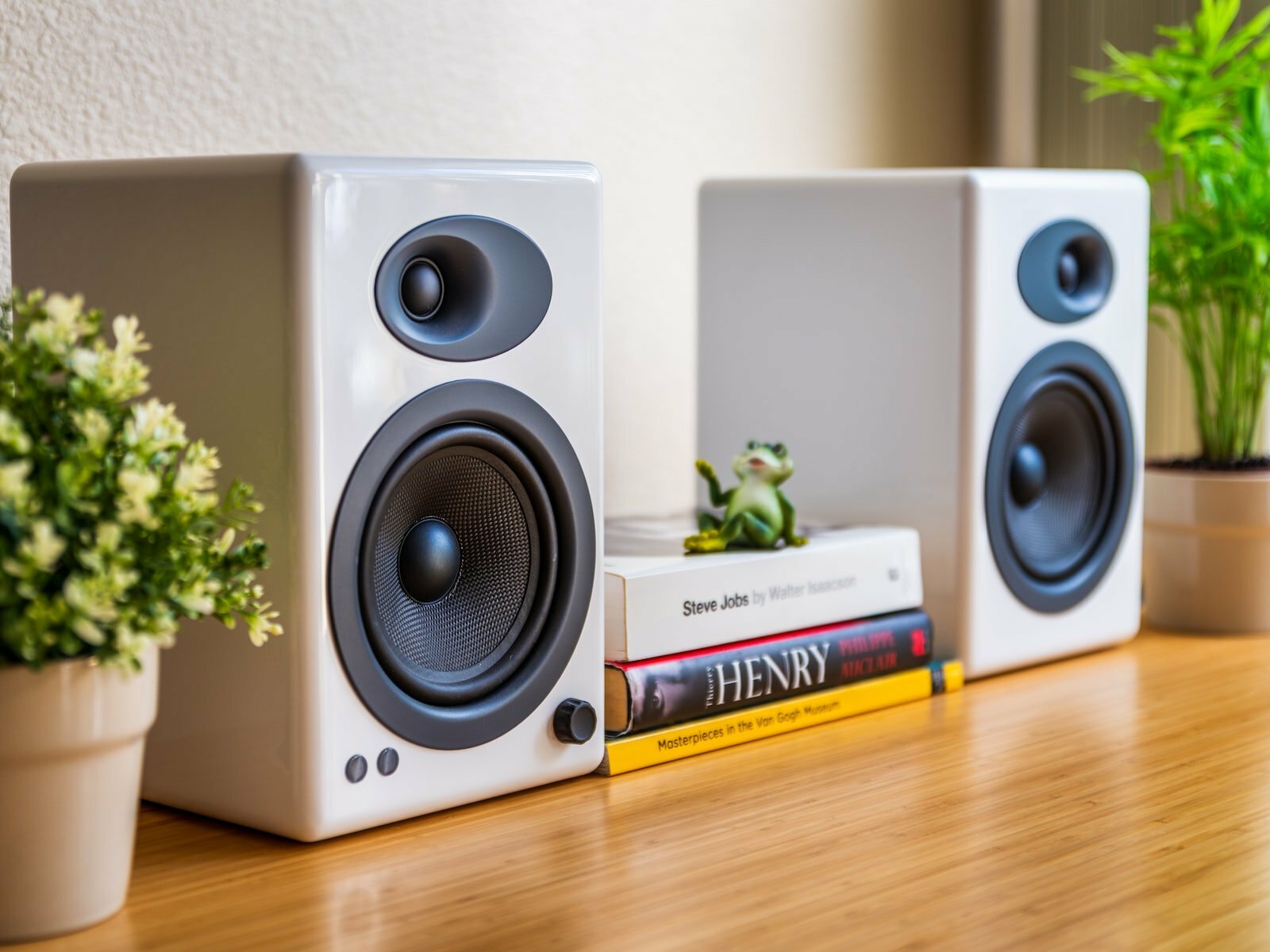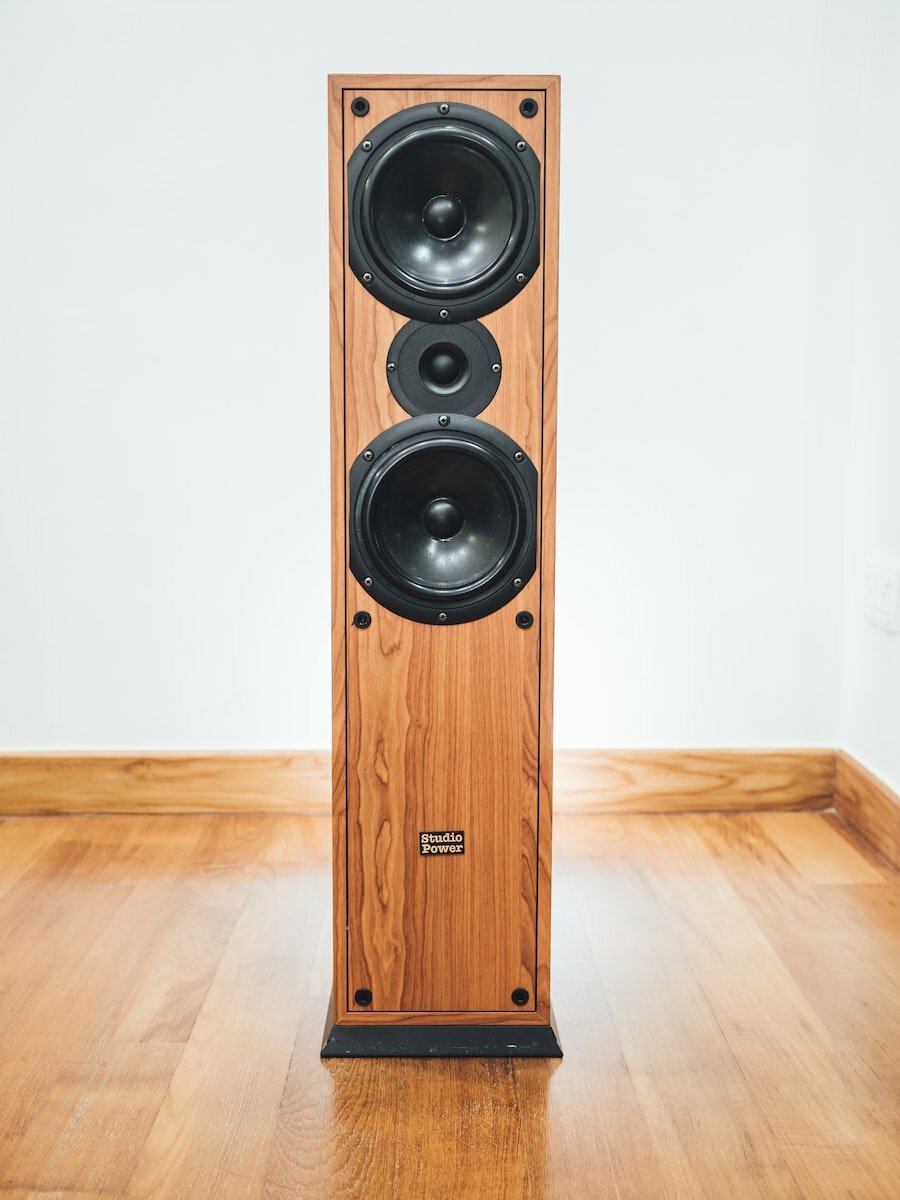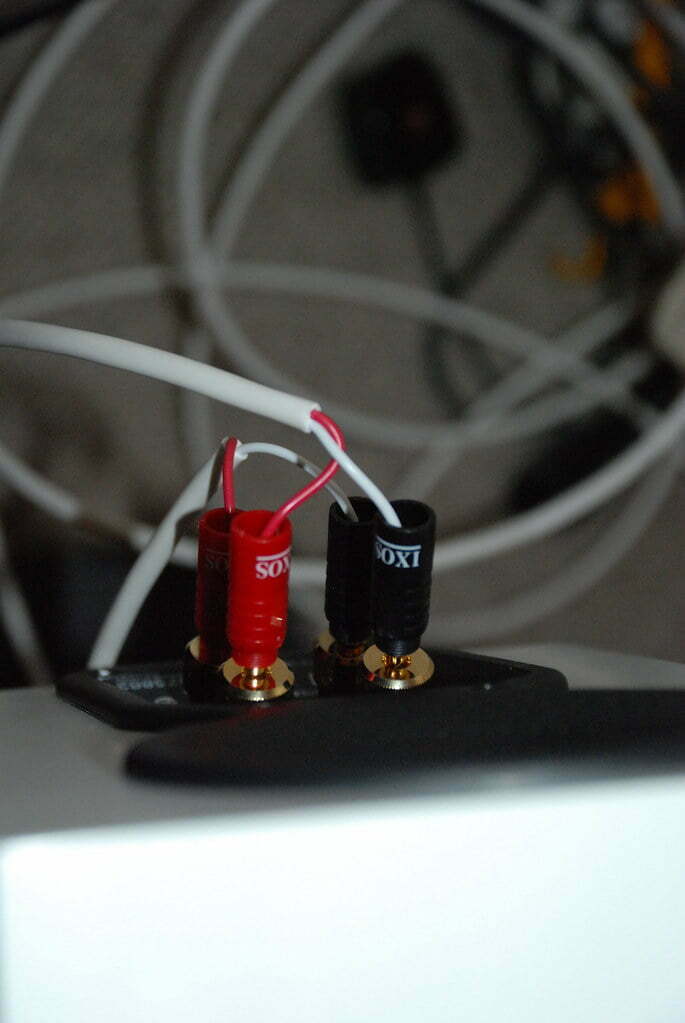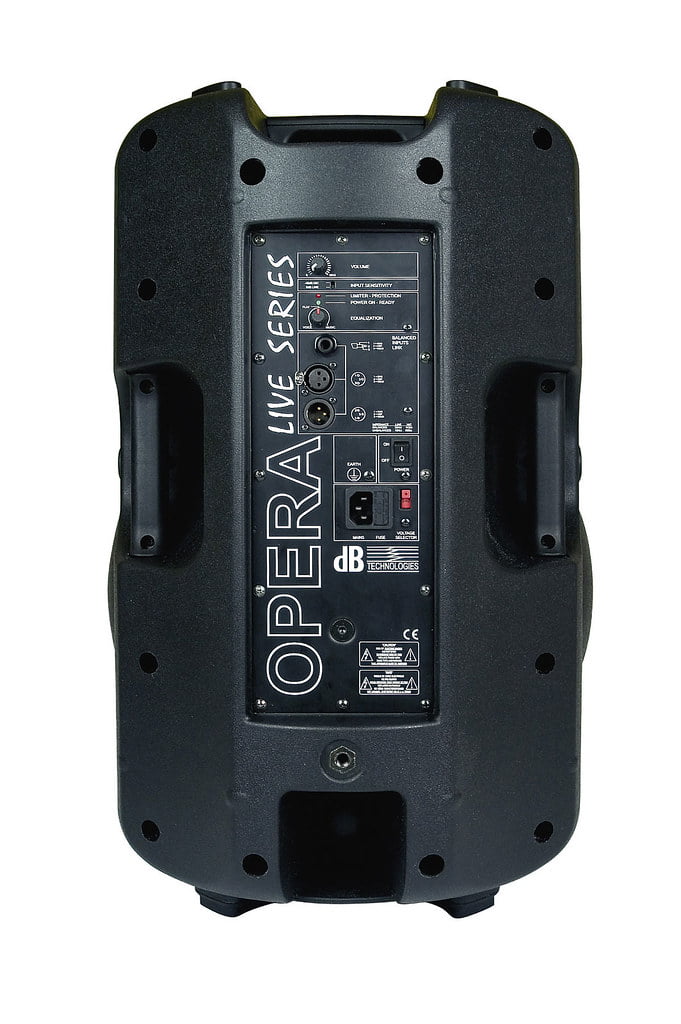The concept about passive vs active sound systems and speakers is very important to ensure that you’re using the right equipment and getting the best possible sound quality.
Not understanding the difference between passive and active speaker systems can have several consequences, including:
- Incompatibility issues: If you don’t understand the difference between passive and active systems, you may accidentally connect a passive speaker to an active amplifier or vice versa. This can lead to compatibility issues and may result in damage to your equipment.
- Poor sound quality: If you don’t match the power rating of the speakers and amplifier correctly, or if you use the wrong type of cable, it can result in poor sound quality. This can be frustrating if you’re trying to enjoy music, movies, or other media, and can impact your overall experience.
- Safety hazards: Incorrectly connecting speakers and amplifiers can also be a safety hazard. If you overload the amplifier or use the wrong cables, it can lead to electrical shock or even fire.
- Wasted money: Not understanding the difference between passive and active systems can result in wasted money. You may end up purchasing equipment that isn’t compatible with your existing setup, or that doesn’t meet your needs.
- Difficulty troubleshooting: If you’re experiencing issues with your speaker system, not understanding the difference between passive and active systems can make it difficult to troubleshoot the problem. This can lead to frustration and may result in additional time and expense trying to resolve the issue.

Active Speakers
Active speakers, also known as powered speakers, have an amplifier built-in, which means they don’t require an external amplifier to power them. They have a built-in crossover circuit, which divides the audio signal into different frequency ranges and sends them to the appropriate speaker drivers. Active speakers are becoming more popular because they eliminate the need for an external amplifier and simplify the setup process.
Active speakers work in a similar way to passive speakers, but with the added benefit of a built-in amplifier. The amplifier is designed to match the power rating of the speaker, which means that the speaker driver and amplifier are optimized to work together. This results in a more efficient and accurate sound reproduction.
Active speakers don’t require an external amplifier, but they do require a power source. This means that they need to be plugged into an electrical outlet to function. You’ll also need audio cables to connect the speakers to the audio source. Some active speakers have built-in Bluetooth or WiFi connectivity, which allows them to receive audio signals wirelessly.
So, there are obvious advantages of using active speakers over passive speakers:
- Simplicity: Active speakers are simpler to set up and use than passive speakers. Because they have a built-in amplifier and crossover, you don’t need to worry about matching the amplifier and speakers, or setting up a separate crossover.
- Portability: Active speakers are often more portable than passive speakers because they have all the necessary components built in. This can make them a good choice for musicians, DJs, and other performers who need to move their equipment around frequently.
- Efficiency: Active speakers are generally more efficient than passive speakers because they have a built-in amplifier that is specifically designed to power the speakers. This can result in better sound quality and a more efficient use of power.
- Space-saving: Because active speakers have a built-in amplifier and crossover, they take up less space than a separate amplifier and speakers would. This can be useful if you have limited space for your audio equipment.
- Sound quality: Active speakers can offer excellent sound quality, especially in mid-range and budget setups. This is because the built-in amplifier and crossover can be specifically designed to match the speakers, resulting in a more balanced and accurate sound.

Passive Speakers
Passive speakers are the most common type of speakers and have been around for many years. These speakers require an external amplifier to power them, which means that the audio signal must be processed before it reaches the speakers. The amplifier increases the power of the audio signal and sends it to the speakers, which then convert the electrical signal into sound waves. Passive speakers are generally less expensive than active speakers because they don’t have an amplifier built-in.
Passive speakers consist of a speaker driver (or multiple drivers) and a crossover circuit. The crossover circuit divides the audio signal into different frequency ranges, which are then sent to the appropriate speaker drivers. For example, high frequencies are sent to the tweeter, while mid and low frequencies are sent to the woofer.

To use passive speakers, you’ll need an amplifier to power them. The amplifier should be chosen based on the power rating of the speakers and the room size. You’ll also need speaker cables to connect the speakers to the amplifier. It’s important to choose the right length and gauge of cable to avoid signal loss or distortion.
Several advantages of using passive speakers over active speakers. Here are some of the main advantages of using passive speakers:
- Flexibility: Passive speakers offer more flexibility in terms of customization and upgrade options. You can choose the amplifier that best suits your needs, and you can easily upgrade or replace the amplifier without having to replace the speakers. This makes passive speakers a good choice for those who want to be able to upgrade their equipment in the future.
- Durability: Passive speakers are generally more durable than active speakers because they don’t have any built-in electronics. This means that there are fewer components that can break or malfunction, and the speakers are less likely to be damaged by power surges or electrical problems.
- Sound quality: Passive speakers can offer better sound quality than active speakers, especially in high-end audio setups. This is because passive speakers allow for more precise tuning of the sound using an external amplifier and equalizer.
- Cost: Passive speakers are generally less expensive than active speakers because they don’t have a built-in amplifier. This means that you can get higher-quality speakers for the same price as lower-quality active speakers.
- Compatibility: Passive speakers are compatible with a wider range of equipment, including different types of amplifiers, receivers, and audio interfaces. This means that you can use passive speakers with a variety of different devices, which can be useful if you have multiple audio systems.
In summary, passive and active speakers differ in their need for an external amplifier, and the supporting equipment required to use them. Passive speakers require an external amplifier to power them, while active speakers have a built-in amplifier. Choosing between passive and active speakers depends on your specific needs, preferences, and budget.


